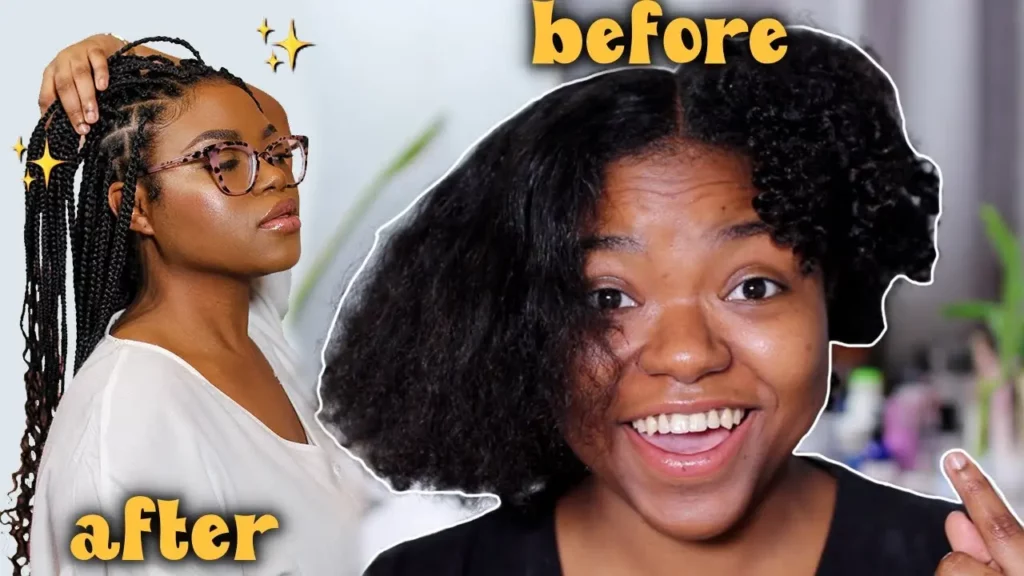
Should i blowdry my hair before braiding? (Explained)
Should i blowdry my hair before braiding? Braids are becoming increasingly popular in recent years and offer the flexibility to match your own styles.
However, there’s an important step of prep & care that should take place before braiding. Having healthy hair is always a good bet!
There are many different techniques for braiding hair and hair types need to be considered when preparing for one. When preparing for a braiding career, individuals should consider their hair type.
Most people want their hairdo to last as long as possible, but it is easier said than done. However, many people are using the same products and searching for ways to improve the quality of their hair by pairing them with more expensive products.
For example, hair prep includes blow-drying, deep conditioning, and heat styling. These methods extends the lifespan of our hairstyles by three times.
The decision of whether to blow dry your hair before braiding is purely a personal one. You may want to try it out though, because some people find that their hair appears more voluminous (and less frizzy) if they do so beforehand.
Regardless of which technique you choose when preparing your hair for braiding, it’s important to maintain the integrity of your strands. To achieve this goal, research what method is best for you through a variety of sources.
Importance of Preparing Hair Before Braiding?
Preparing hair before braiding it can save you a lot of pain later on. Braiding tangled hair can cause a lot of pain so it’s important to prepare your hair beforehand.
Braiding your hair can cause a lot of pain and discomfort, so it’s important that you remove any tangles before you start.
For braids, you should use a medium toothed comb and detangle your way from the tip of the hair to the roots. You could also try making an effective detangling spray by using a blow dryer.
Braiding your own or anyone else’s hair is a simple, easy way to try and keep changing up your look without having to worry about the tedious process of finding a new hairstyle.
It’s also a much more natural, flexible & durable look than most other styles. How to extend the life of your braids with hair preparations is a relevant subject and needs to be addressed from time to time.
Not showering is bad for hair in a number of ways. This makes it difficult to braid, more likely that it’ll break, and more likely that leftover dirt and oils will accumulate. That being said, the best way to handle dry & damaged hair is a moisturizing routine!
How to Prepare Hair for Braiding?
If you want to start braiding hair, here’s a few things you might want to prepare for it. Your hair should be clean & dry, giving your braid more strength and preventing them from becoming messy later on. It will also take practice, patience and effort!
1) Shampoo is an essential part of any hair care routine. After you’ve cleaned your hair, rinse it thoroughly with cold water to remove excess shampoo and conditioner residue from the scalp.
2) Apply moisturizer: Next, apply moisturizer all over your scalp so that it doesn’t cause breakage or hair loss.
How to Prepare Tangled Hair?
Braiding hair can be a clever hairstyle, but to get it right crisp, crimped and smooth, you need to use the proper tools. The best way to do this is with a detangling brush with combs on the end.
Even though natural hair doesn’t have a mind of its own and is easier to manage when it’s straight, there are still times when it’ll turn on you. A detangling spray can help get rid of any knots or rogue strands and make life much easier.
How to Prepare Natural Hair?
For those who are braiding hair with natural textures, braids can be difficult to manipulate and can sometimes cause softness if the hair is particularly tangle-y. However, this is only a potential problem and there are ways to support the natural texture in braid styles if it’s found to be an issue.
Many hairs will fall out at this time, up to 40 per day. It may be easier to comb the hair out afterward- especially if it’s been detangled beforehand.
It’s always good to get rid of oil and dirt from your scalp, so make sure to use a clarifying shampoo.
It’s strongly recommended to remove any extensions you might have before washing. It’s important to remember that wet hair is not the same as moisturized hair. Wet hair needs a conditioner applied to it, while moisturized hair can stay black or blond.
Blow Drying And Braiding For Every Hair Type
All hair types have different needs, which can be tricky to predict. However, there are some things that are generally true for almost every hair type. For example, blowing your tresses before styling them will make it easier for you to braid them later and also reduce the tangles in the end.
Choosing hairstyles for curly or coily hair can be tricky. Some things are different from straight or wavy hair, like the texture and how much heat is required to braid. Draft up a list of how best to prep and then purchase all your supplies before you go!
There are different kinds of braids for every hair type. Let’s break them down, see which one is best for your type of hair, and then help you decide if you need to totally dry or not.
1. Straight And Wavy Hair
As with any type of hair styling, there are a couple factors to consider before deciding. One is whether your straight or wavy hair will make the result less desirable. The other is how much heat styling will be applied. This can also cause damage to fine hair, but it’s up to you if you that risk is worth it for what type of hairstyle
Different hair types hold different styles well and some complexities can come with the change. For example, those with straight hair might like the look of box braid or cornrows, but those with coily (or curly) hair should be gentle and opt for a braid similar to one that their straight-haired friends would enjoy. The only risk is that they’d risk breaking
If you’re looking for braids that are not too complicated and that will still look great, a French or Dutch braid could be a good option. If you have thicker strands of hair, putting it in a fishtail braid might be a better option because something like that doesn’t add much weight.
These braids are taking the stress from your scalp and making it a lot easier to get a smooth finish. Not only that, but they make for an easy prep for any styling. That’s why you should always use moisturizing heat protectant when blow-drying your hair, so you don’t end up damaging it!
If your hair is naturally wavy and you want them to maintain their wave pattern, braids look best when they’re air-dried. If they feel crunchy or sticky, it may be because too much heat was applied.
If you have wavy hair, you should probably avoid using any kinds of natural protective hairstyles that may damage your natural locks. It’s common for wavy hair to move into curly territory, which may indicate your hair needs something done about it.
The texture of your hair can let you know if you’re blow drying it more than you need to and what type of hair type you have. If this is an issue for your particular style, braiding your hair before blow-drying it can help to reduce the amount of flyaways and frizz that typically occur with Wavy, curly or other variations on those two
In addition, consider your hair’s current health. Is it heat damaged, colored, or chemically treated? In this case, a blowout can be made more manageable by avoiding the use of heat styling tools or just applying a heat protectant prior to blow drying.
2. Curly And Coily Hair
Always have your blow-dried hair measured before buying the necessary tools. Curly and coily hair can be more affected by blow-drying, so consult experts for a better understanding of your own or your hairdresser’s methods (if you’re willing to spend time & money).
When your hair is wet, one thing you should never do is braid it. Multiple sources also state that adding something like a cream to your curls before braiding them will make your braids better thanks to an extra boost of hydration. If you blow dry your hair, avoid the use of a strong-hold cream. This is crucial, especially if you choose to tie it back in a bun or wear a hat.
Curly and coily hair types can opt for natural protective styles like cornrows and box braids because the follicles are usually coarse, strong, and can handle the weight without snapping off. However, it is not necessary to blow dry your curls before protecting them.
Whether you choose to or not, it’s important that you make sure that your hair is sufficiently silky smooth before you attempt any braid. This will prevent any tangles and give a more professional look for your profession.
Professional stylists also claim that even if you stick to the same old blow dry routine, it’s essential to do some prep work so your hair will be better prepared for braids. Their recommendations include:
- Fix Your Hair! A protein treatment can make your hair feel stronger and more shiny.
- Wash Your Hair
- Condition & Deep Condition
- Detangle Your Hair
Your natural hair will give you some amazing updates about your beauty routine. To get the most out of it, listen to what it has to say and protect curls from heat!
Using a high-quality heat protectant such as this one can prevent you from getting burned and will keep your curly styles protected. It is also good for preventing hair damage due to the sun’s UV rays.
To Blow Dry Or Not To Blow Dry?
Is it ever a good idea to use heat on your hair when you’re braiding, such as with a blow dryer? The last thing you want to do is damage your curls when they’re already fragile.
Braiding does not rely on healthy hair and often times can be difficult with dried out hair. If your hair is wavy, frizzy, or too short to braid, you might want to air dry the strands so they are supple and manageable. However, if you want to avoid damaging your natural curls or waves, try using a good-quality styling product like
There are many ways to help keep damage away from your hair and to maintain it as healthy as possible. This includes using products like protein treatments or deep conditioners, moisturizing, and even doing lotion treatments.
If your hair is healthy and you use a heat protectant, it may be worth investing in a blow dryer to find that the long-term benefits can help you free up more time.
If you’re having a special event like a wedding or party, blow-drying your hair the day before braids ensures it’s thoroughly cooled and dried out. The next day will be much easier, too!
Is it Better to Braid Dry Hair or Wet Hair?
Take note of how wet your hair is before starting the braid; don’t do anything with it while it’s wet. On top of that, the excess moisture will make your braid way too large and heavy. Even if you are confident in your skill, bracing hair while wet can lead to split ends and a frizzy-looking result.
It is best to do a nourishing cream treatment first, then apply any serums or oils. These treatments work better on very dry hair that has been washed. Do not wait around with wet hair as it will soak in the product & cause excessive fading.
Should You Do a Protein Treatment Before Braids?
Your hair will have a much better result if you use protein treatments regularly. The moisture in your hair helps during braiding, and this also prevents “pre-existing issues” that often arise during styling.
“Pre-existing” actually refers to the natural condition of your hair. These treatments should be applied even before you braid your hair in order to work effectively.
Protein treatments can keep your hair healthy and in good condition. They are also suitable for braiding or any styles that require tension & manipulation to complete.
Conclusion:
Before you can see if blow-drying your hair is a good idea, it’s important to identify what type and texture of hair you have. However, there are three key things to remember when doing so: first, identify what type and texture of hair you have; next, assess whether or not blow-drying your hair before braiding will help; lastly
Hair is full of protein, so if your hair feels damaged, it’s probably due to a protein problem – like color-processed hair or using harsh treatments.
The key is figuring out what caused the damage and how to fix it. Don’t worry, there are plenty of natural remedies that can get your hair back on track!
It’s always a matter of personal preference when it comes to hair. If you don’t go for blow drying, then that’s perfectly fine. You should never feel obligated to put in the extra hours in at the salon!
Hair can be fragile and difficult to maintain, but it’s important to take time for grooming and learn about your specific needs. Listen to what your hair says and respect its individuality in order to restore vitality and balance.
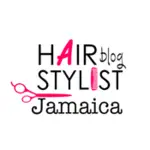

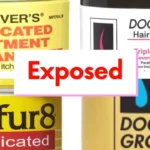
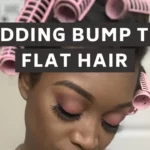
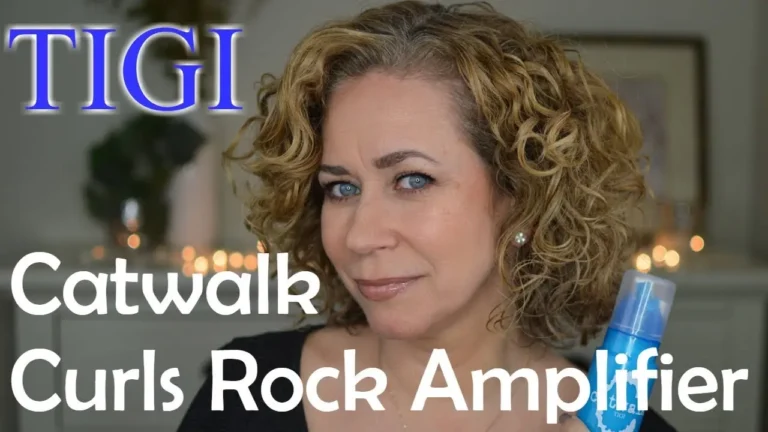
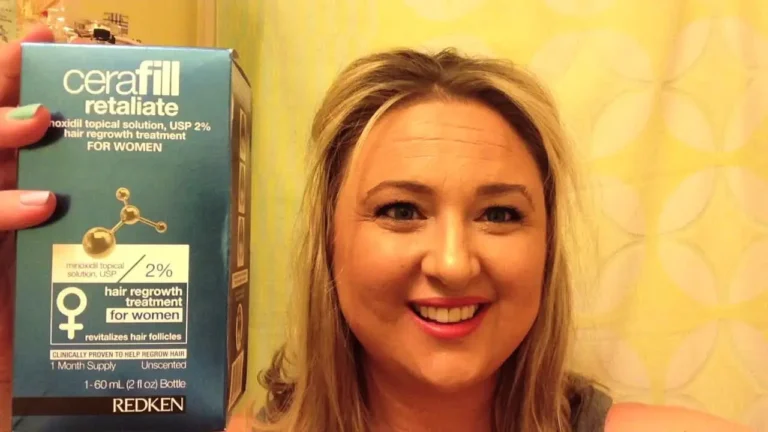
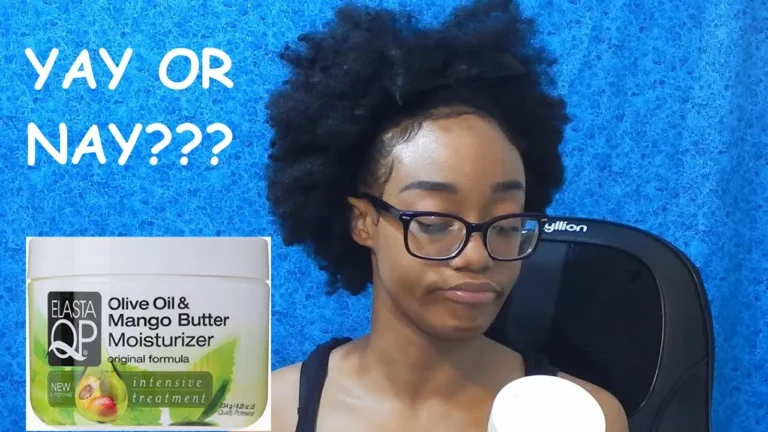

Comments are closed.